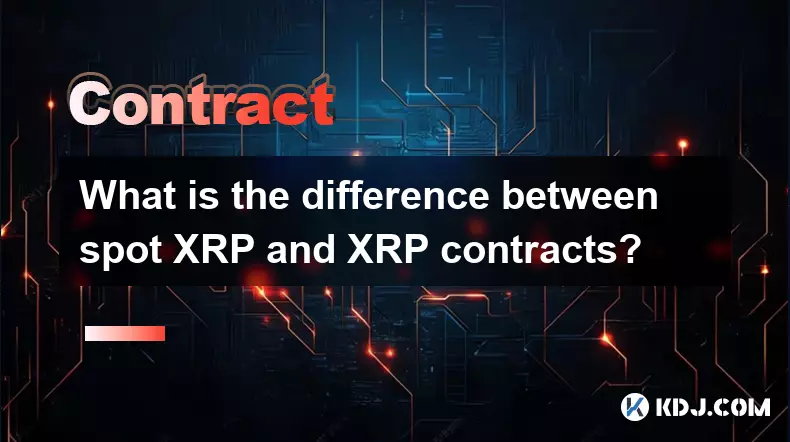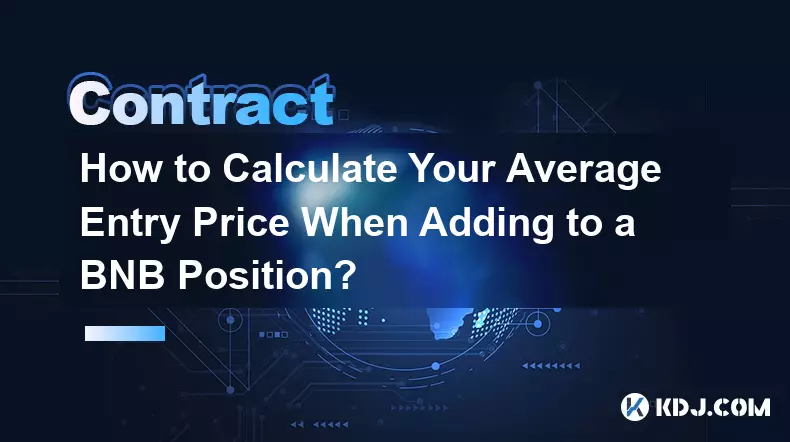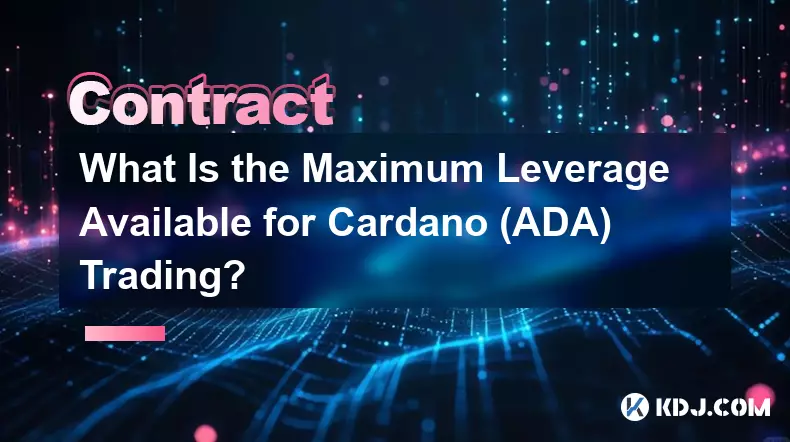-
 bitcoin
bitcoin $112139.774561 USD
-1.82% -
 ethereum
ethereum $3970.329568 USD
-3.85% -
 tether
tether $1.000078 USD
0.01% -
 xrp
xrp $2.611653 USD
-1.08% -
 bnb
bnb $1099.982737 USD
-3.67% -
 solana
solana $193.702075 USD
-3.33% -
 usd-coin
usd-coin $0.999832 USD
0.00% -
 dogecoin
dogecoin $0.193302 USD
-3.68% -
 tron
tron $0.294800 USD
-1.45% -
 cardano
cardano $0.642524 USD
-3.89% -
 hyperliquid
hyperliquid $47.524848 USD
1.27% -
 chainlink
chainlink $17.842256 USD
-2.41% -
 bitcoin-cash
bitcoin-cash $561.265025 USD
1.01% -
 stellar
stellar $0.317292 USD
-2.07% -
 ethena-usde
ethena-usde $0.999303 USD
0.01%
What is the difference between spot XRP and XRP contracts?
Spot XRP trading lets you own the asset outright, while futures allow leveraged bets on price without ownership—offering flexibility but higher risk.
Oct 24, 2025 at 04:36 am

Understanding Spot XRP Trading
1. Spot XRP trading involves the direct purchase and ownership of XRP tokens at the current market price. When traders buy spot XRP, they immediately take possession of the asset, which can be transferred to a personal wallet or held on an exchange.
- Transactions in the spot market settle instantly, meaning the exchange of XRP for fiat or another cryptocurrency happens in real time. This form of trading is ideal for investors who aim to accumulate XRP over time or use it for payments and transfers.
- Spot trading carries lower risk compared to derivatives because there is no leverage involved, minimizing the chance of liquidation. Traders are only exposed to price fluctuations based on actual market value.
- Fees for spot trading are typically based on taker and maker models, and they tend to be transparent and straightforward. Most major exchanges support spot XRP trading with high liquidity.
- Holding spot XRP allows users full control over their assets, enabling them to participate in network activities such as staking (if supported) or voting in decentralized governance proposals.
XRP Futures and Contract Mechanics
1. XRP contracts, commonly known as futures or perpetuals, are derivative instruments that allow traders to speculate on the future price of XRP without owning the underlying asset. These contracts derive their value from the spot price but operate independently.
- Traders can go long (betting the price will rise) or short (betting the price will fall), offering flexibility in various market conditions. This makes contract trading attractive during both bullish and bearish cycles.
- Leverage is a defining feature of XRP contracts, allowing traders to control large positions with relatively small capital—though this amplifies both gains and losses. Liquidation risks increase significantly with higher leverage settings.
- Funding rates apply in perpetual contracts, which are periodic payments exchanged between long and short positions to keep the contract price aligned with the spot market. These rates can eat into profits over time for long-term holders.
- Contract trading requires constant monitoring due to volatility and the potential for rapid price movements triggering stop-losses or margin calls. It's more suited for active traders than passive investors.
Risks and Market Behavior Differences
1. The volatility profile of XRP contracts is generally higher than that of spot trading due to leverage and speculative positioning. Sharp price swings in futures markets can influence spot prices through cascading liquidations.
- Open interest in XRP futures reflects the total number of outstanding contracts and serves as a sentiment indicator. Rising open interest alongside increasing volume often signals strong directional momentum.
- Market manipulation risks are more pronounced in contract markets, especially on smaller exchanges with lower liquidity and oversight. Whales may trigger mass liquidations by pushing prices temporarily beyond key levels.
- Regulatory scrutiny tends to focus more heavily on derivatives than spot trading. Some jurisdictions restrict or ban crypto futures, impacting where and how these contracts can be traded legally.
- Arbitrage opportunities sometimes emerge between spot and futures prices, particularly during periods of high demand or market stress. Sophisticated traders exploit these discrepancies using algorithmic strategies.
Use Cases and Strategic Applications
1. Investors seeking exposure to XRP’s price movement without managing private keys may prefer spot trading for its simplicity and security. It aligns well with long-term holding strategies.
- Day traders and hedge funds frequently use XRP contracts to capitalize on short-term volatility, employing technical analysis and order book depth to time entries and exits.
- Hedging is a critical application of XRP contracts; holders of large spot positions can short futures to protect against downside risk without selling their actual tokens.
- Institutions often enter the market via futures first due to easier settlement processes and access to margin accounts, later transitioning to spot holdings once confidence in custody solutions is established.
- Retail traders should carefully assess their risk tolerance before engaging in contract trading, as emotional decision-making combined with leverage can lead to substantial losses even with accurate market predictions.
Frequently Asked Questions
Can I convert XRP futures into actual XRP tokens?No, futures contracts do not grant ownership of the underlying asset. To obtain actual XRP, one must close the futures position and use the resulting funds to purchase XRP in the spot market.
Why do XRP futures sometimes trade at a premium to spot prices?This phenomenon, known as contango, occurs when futures prices are higher than spot prices. It often reflects bullish sentiment, high demand for leveraged positions, or positive expectations about upcoming developments affecting XRP.
Are XRP contracts available on all cryptocurrency exchanges?No, availability depends on regulatory compliance and platform offerings. Major derivatives exchanges like Binance, Bybit, and OKX list XRP contracts, while others may restrict them due to legal uncertainties surrounding XRP’s classification.
What happens when an XRP futures contract expires?In quarterly futures, the contract settles upon expiration based on a predefined index price. Perpetual contracts do not expire but require ongoing funding payments to maintain open positions indefinitely.
Disclaimer:info@kdj.com
The information provided is not trading advice. kdj.com does not assume any responsibility for any investments made based on the information provided in this article. Cryptocurrencies are highly volatile and it is highly recommended that you invest with caution after thorough research!
If you believe that the content used on this website infringes your copyright, please contact us immediately (info@kdj.com) and we will delete it promptly.
- Essex Post Office, 5p Coins, and King Charles: A Royal Mint Revelation!
- 2025-10-23 10:30:16
- Waymo's Newark Airport AV Tests: Alphabet's AI Gamble Pays Off?
- 2025-10-23 10:30:16
- King Charles 5p Coins: A Royal Flush in Your Pocket?
- 2025-10-23 10:35:18
- Solana, Crypto Advisory, and Forward Industries: A New York Minute on the Future of Finance
- 2025-10-23 08:51:22
- MAGACOIN: Ethereum Whales Dive into the Hottest Presale of 2025
- 2025-10-23 08:51:22
- Kadena's End of the Road? KDA Token Plummets Amid Project Abandonment
- 2025-10-23 08:55:34
Related knowledge

How to Calculate Your Average Entry Price When Adding to a BNB Position?
Oct 28,2025 at 12:24am
Understanding the Concept of Average Entry Price1. The average entry price is a crucial metric for traders who accumulate positions in assets like BNB...

What Is the Maximum Leverage Available for Cardano (ADA) Trading?
Oct 26,2025 at 12:18pm
Understanding Leverage in Cardano (ADA) Trading1. Leverage allows traders to control a larger position using a smaller amount of capital. In the conte...

What Are the Fees Involved in Trading Solana (SOL) Perpetual Swaps?
Oct 26,2025 at 07:36am
Fees Structure in Solana Perpetual Swap Trading1. Trading perpetual swaps on Solana-based decentralized exchanges involves several types of fees that ...

How to Trade Ethereum (ETH) Breakouts with High Leverage Safely?
Oct 26,2025 at 02:19am
Understanding High Leverage in Ethereum Trading1. High leverage allows traders to control large positions with relatively small capital, amplifying bo...

What Is an Insurance Fund in Bitcoin (BTC) Derivatives Trading?
Oct 29,2025 at 08:18am
Understanding the Role of Insurance Funds in BTC Derivatives1. In Bitcoin derivatives trading, an insurance fund acts as a financial backstop designed...

How to Set Multiple Take-Profit Orders for a Single BNB Position?
Oct 27,2025 at 05:00pm
Understanding Multiple Take-Profit Strategies in BNB Trading1. Traders in the cryptocurrency market often seek to maximize gains while minimizing emot...

How to Calculate Your Average Entry Price When Adding to a BNB Position?
Oct 28,2025 at 12:24am
Understanding the Concept of Average Entry Price1. The average entry price is a crucial metric for traders who accumulate positions in assets like BNB...

What Is the Maximum Leverage Available for Cardano (ADA) Trading?
Oct 26,2025 at 12:18pm
Understanding Leverage in Cardano (ADA) Trading1. Leverage allows traders to control a larger position using a smaller amount of capital. In the conte...

What Are the Fees Involved in Trading Solana (SOL) Perpetual Swaps?
Oct 26,2025 at 07:36am
Fees Structure in Solana Perpetual Swap Trading1. Trading perpetual swaps on Solana-based decentralized exchanges involves several types of fees that ...

How to Trade Ethereum (ETH) Breakouts with High Leverage Safely?
Oct 26,2025 at 02:19am
Understanding High Leverage in Ethereum Trading1. High leverage allows traders to control large positions with relatively small capital, amplifying bo...

What Is an Insurance Fund in Bitcoin (BTC) Derivatives Trading?
Oct 29,2025 at 08:18am
Understanding the Role of Insurance Funds in BTC Derivatives1. In Bitcoin derivatives trading, an insurance fund acts as a financial backstop designed...

How to Set Multiple Take-Profit Orders for a Single BNB Position?
Oct 27,2025 at 05:00pm
Understanding Multiple Take-Profit Strategies in BNB Trading1. Traders in the cryptocurrency market often seek to maximize gains while minimizing emot...
See all articles









































































